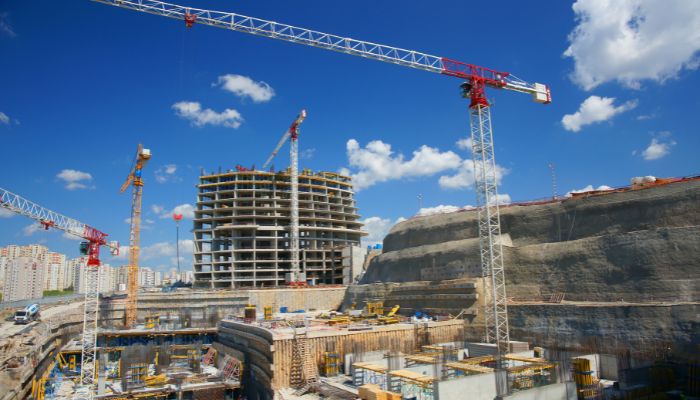Metal buildings are a popular choice for various applications due to their durability, affordability, and versatility, especially in regions like Colorado where weather conditions can be challenging. However, ensuring their stability and structural integrity, particularly in areas prone to high winds or heavy snow loads like Colorado, requires proper anchoring. In this article, we'll explore the importance of anchoring for metal building in Colorado, the various methods of anchoring, factors influencing the choice of anchors, installation processes, maintenance practices, and more.
Understanding Anchoring
Anchoring refers to the process of securing a structure to the ground to prevent it from shifting, tilting, or collapsing. For metal buildings, anchoring is essential to withstand external forces such as wind, seismic activity, and soil movement.
Factors Influencing Anchoring Methods
Several factors influence the choice of anchoring methods for metal buildings. Local building codes and regulations dictate specific requirements for anchoring, considering factors such as soil conditions, climate considerations, and the size and structure of the building.
Common Anchor Types for Metal Buildings
-
Concrete Anchors: These anchors are embedded into poured concrete footings or slabs during the building's construction.
-
Helical Anchors: Also known as screw anchors, these are drilled into the ground using specialized equipment and provide strong lateral support.
-
Auger Anchors: These anchors feature corkscrew-like blades that are driven into the ground, providing secure anchoring in various soil types.
-
Welded Anchors: Welded anchors are attached to the metal building's frame and then secured to concrete footings or slabs.
Choosing the Right Anchoring Method
Selecting the appropriate anchoring method involves assessing various factors, including soil and site conditions, building requirements, and consulting with professionals such as engineers or contractors. The chosen method should provide sufficient stability to withstand anticipated loads and environmental conditions.
Anchoring Installation Process
-
Preparing the Site: Clear the construction area of debris and vegetation, mark the locations for anchor placement, and excavate holes or trenches as needed.
-
Installing Anchors: Depending on the chosen method, install anchors by embedding them in concrete, drilling them into the ground, or welding them to the building's frame.
-
Securing the Building: Once the anchors are installed, secure the metal building to them using appropriate hardware, such as bolts or clamps, ensuring a tight and stable connection.
Maintenance and Inspections
Regular inspections and maintenance are crucial for ensuring the continued effectiveness of anchor systems. Inspect anchors periodically for signs of damage, corrosion, or loosening, and address any issues promptly to prevent structural problems.
Benefits of Proper Anchoring
Proper anchoring offers several benefits for metal buildings, including:
-
Structural Stability: Anchoring ensures the building remains stable and secure, even in adverse weather conditions.
-
Safety and Durability: Secure anchoring minimizes the risk of structural failure, protecting occupants and property.
-
Compliance with Building Codes: Adhering to building codes and regulations regarding anchoring helps ensure regulatory compliance and avoid potential liabilities.
Conclusion
In conclusion, proper anchoring is essential for ensuring the stability, safety, and longevity of metal buildings. By understanding the various anchoring methods, considering relevant factors, and following best practices for installation and maintenance, metal building owners can safeguard their investments and ensure their structures withstand the test of time.
FAQs
Q: Do all metal buildings require anchoring?
A: Yes, anchoring is essential for all metal buildings to ensure structural stability and safety, especially in areas prone to high winds or seismic activity.
Q: How often should I inspect the anchors of my metal building?
A: It's recommended to inspect the anchors periodically, at least once a year, and after severe weather events or ground disturbances.
Q: Can I install anchors for my metal building myself, or do I need professional assistance?
A: While some anchoring methods may be feasible for DIY installation, it's advisable to seek professional assistance, especially for larger or more complex structures, to ensure proper installation and compliance with building codes.
In case you have found a mistake in the text, please send a message to the author by selecting the mistake and pressing Ctrl-Enter.
You must be logged in to comment.
Sign In /
Sign Up


No comments yet